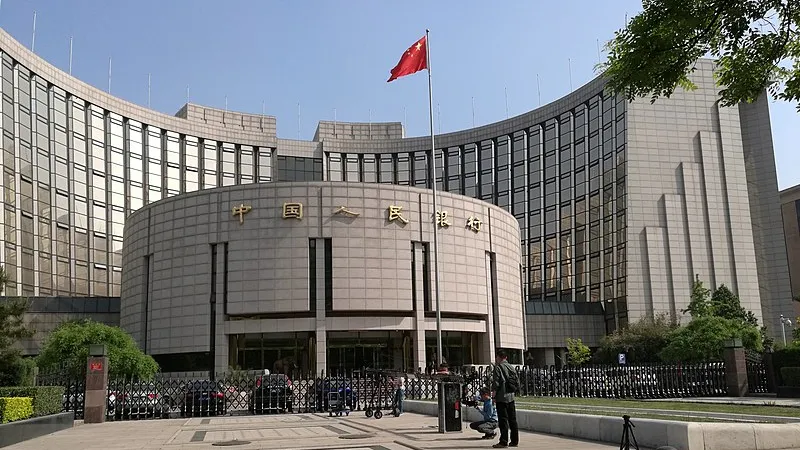
Recent rate cuts to shave off $7.2b from Chinese banks’ net interest income
The impact on mortgage loans will not be felt until January 2023.
China’s recent rate cut is expected to shrink banks’ net interest income by around $7.26b (RMB46b) in 2022, although asset quality remains banks’ key concern.
The People’s Bank of China (PBOC) recently cut its one-year loan prime rate (LPR) by 10 points (bp), its five year LPR by 5bp, and its one-year medium-term lending facility loan rates by 10bp.
This is the first time in 21 months that the five-year LPR was cut, signifying the monetary policy focus on releasing liquidity, lowering capital costs, and stabilising economic growth, according to UOB Kay Hian.
For ordinary loans, around 85% are expected to be affected as they are pegged to the one year LPR. This equates to around $7.32t (RMB46.33t) of banks’ loans being impacted by the rate cuts.
From this, UOB Kay Hian estimates that banks’ net interest income may decline by $7.26b (RMB46b) in 2022 or 1.6% of pre-tax earnings during the year.
On the other hand, the rate cuts will have a limited impact on the banks’ mortgage loans in the short term.
Current mortgage rates, which are pegged to the five-year LPR, will not be reduced in 2022, as the majority of mortgages are repriced in January each year based on the LPR in December of the previous year.
That means that the full impact of the new 5bp cut will only be felt in 2023, and only affect new mortgages issued in 2022.
In 2023, however, when all mortgages will be impacted, the net interest income of banks will likely decline by RMB111b up to RMB156b, or 3.5% to 4.6% of pre-tax profits.
But the estimated NIM compression remains secondary compared to Chinese banks’ more immediate concern: asset quality. Banks’ non-performing loans (NPL) ratio is projected to increase 2bps to 1.78% by the end-2022 due to the weak economy and increasing default rate in the property sector, according to UOB Kay Hian.
(US$1 = RMB6.33)



















 Advertise
Advertise










